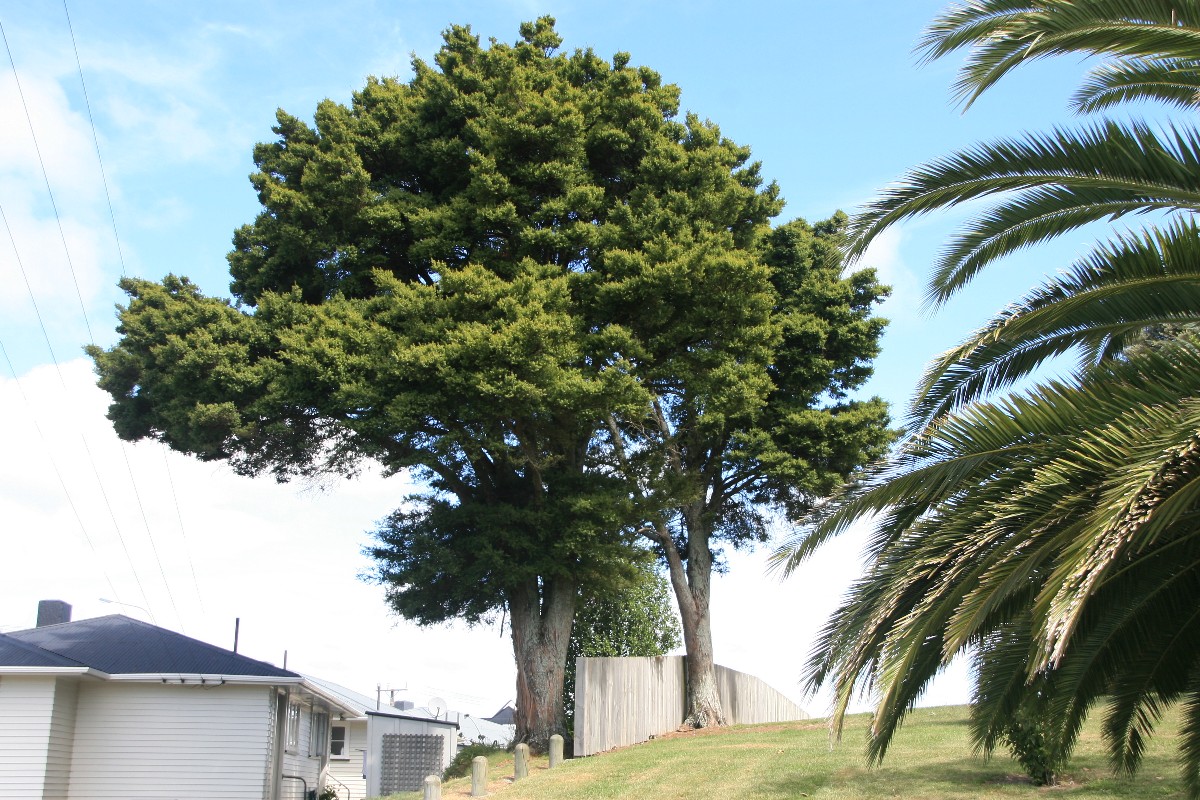Nearly 70% of DoC’s studies justifying aerial 1080 operations were conducted by employees of either AHB [Animal Health Board] or DOC [Dept of Conservation] with only three being published internationally (Robinson, pp 34, 35).
Reihana Robinson in her book titled ‘The Killing Nation, NZ’s State-Sponsored Addiction to Poison 1080’ cites the research of US biophysicist Dr Alexis Mari Pietak of Tufts University, Massachusetts.
Dr Pietak ‘conducted a comprehensive literature search for “peer-reviewed scientific investigations into the effects of aerial poison operations on non target fauna” and compared “the costs and benefits to native species poison operations versus unchecked possum populations at their peak density”.’
Quoting from Robinson’s book (emphases mine):
“Her research indicated aerial poisoning has “twice as many costs to native species as benefits, and that aerial poison operations were twice as costly to native species as unmanaged possum populations at their peak density.” this potential for widespread poisoning of insectivorous, omnivorous and carnivorous endemic and endangered or threatened bird species she believes is “a serious issue worthy of international and immediate action,” Namely, to immediately halt aerial poison operations.
Dr Pietak notes the few bird species that have actually been the subject of “proper radio-transmitter, colour banding, and mark-recapture analysis before and after poison operations’ are the nectar, fruit and foliage eating birds such as hihi, kereru, kōkako and kaka and are indeed most likely to benefit from possum removal. Missing from thorough research are those birds identified as being high risk of primary or secondary poisoning. They number 24 indigenous bird species. She references work by Armstrong 2001 that “notes that data derived from bird or call counts cannot be analysed to separate changes in abundance from changes in detection, due to the fact that bird behaviour is affected by the presence of a human observer. Detection rates can vary depending on the weather, human observer, and unknown bird behavioural patterns.” She states the “science seems to have been selectively interpreted, ignored, and moreover left grossly incomplete in its scope, presumably in the name of non-environmental economical interests” “
Like a growing number of researchers Dr Pietak notes the potential for bias given the large number of studies funded by AHB [Animal Health Board] or DOC [Dept of Conservation]. Of the 28 studies retrieved she finds 19 of 28, (nearly 70%), were conducted by employees of either AHB or DOC with only three being published internationally”. (Robinson, pp 34, 35)*.
* Pietak, Alexis Mari A Critical Look at Aerial-Dropped, Poison-Laced Food in New Zealand’s forest Ecosystems 2010 Creative Commons
NOTE: For further articles on 1080 use categories at left of the news page.
If you are new to the 1080 poisoning program, a must watch is Poisoning Paradise, the doco made by the GrafBoys (banned from screening on NZ TV, yet a 4x international award winner). Their website is tv-wild.com. Their doco is a very comprehensive overview with the independent science to illustrate the question marks that remain over the use of this poison. There are links also on our 1080 resources page to most of the groups, pages, sites etc that will provide you with further information to make your own informed decision on this matter.





You must be logged in to post a comment.